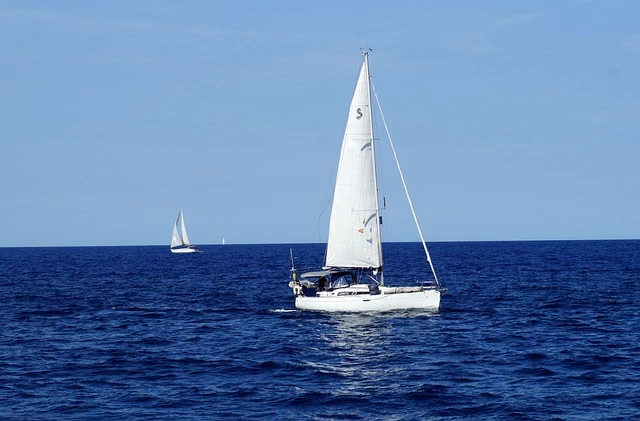03 April 2025
6 Factors to Consider When Buying a Sailboat
Sailboats carry the desire for free sailing life, but buying a sailboat is a complicated process. Hull strength, sailing performance, living space, storage capacity, sailing latitude, range, etc. are all factors to focus on, and each one influences the other. If you are planning to buy a sailboat, this guide will break down these factors to consider when buying a sailboat to help you make a better buying decision.

Hull Strength and Build Quality
When buying a sailboat, it is important to consider the strength of the hull and the build quality of the sailboat. The cost of making a sailboat's hull stronger, whether it's made from standard boat building materials or high-strength, high-strength, expensive composites such as carbon fiber, adds up, so it's hard to buy a boat that's both strong and inexpensive. The quality of a sailboat's construction depends not only on the raw materials, but also on the craftsmanship and the length of time it takes to build, so it is advisable to choose a boat builder with a reputation for high quality.
Sailing performance
When buying a sailboat, you need to be clear about your needs. If you are looking for high speed sailing on the water during races and winning championships, then a light sailboat with big sails is the best choice. If you want to sail long distances in comfort and get to your destination with ease, then an ocean-going sailboat is the best choice. If you mainly sail in the bay and occasionally race, then a mid-range racing boat is for you. If you don't care about speed, then a small cruiser can fulfill your basic needs.
In addition, buying a sailboat is about considering the performance of the sailboat. Sailboat performance depends on sail and sailing skills. Having a quality sailboat and mastering sailing skills are key to improving your sailing performance, especially in light wind conditions. If your goal is to be able to sail in winds of 4-6 knots, it is possible to keep a sailboat moving without starting the engine.
Living space
Living space on a sailboat has a variety of uses and is used differently in different scenarios, such as sailing, mooring, and entertaining guests. When buying a sailboat, consider these functions and rank them from most important to least important, which will determine what cockpit size and salon you need.
Also focus on galley use, cabin size and number of handles; a large expanse of space is not conducive to safe passage when the sailboat is sailing in rough sea conditions. If the focus is on entertaining, a catamaran with ample space is more appropriate, and if you're entertaining many guests, a sailboat with a private bath and spacious stateroom is best.
Storage Capacity
The storage capacity of a sailboat is a feature to consider when buying a sailboat. It never feels like there is more storage space on a sailboat, and most new boat owners usually overestimate the storage space on a sailboat. In fact, items will increase as the available storage space increases. Suppose you upgrade a sailboat to a larger size; items will soon fill up the storage space of the new sailboat again.
To keep storage space under control, you need to do a good job of organizing and storing and decisively discard items that have never been used in the past year or season. It's also important to keep track of where items are stored, track the amount of food and how much is consumed, and add new items to remove old ones in a timely manner - this is the key to maintaining a balanced storage capacity on your sailboat.
Sailing Latitude Range
The sailing latitude of a sailboat is a factor to consider when purchasing a sailboat. Sailboats sail at different latitudes and require different boat designs and configurations. Sailing in low to mid latitudes or in the tropics, there is no need to worry about iceberg hazards and extreme cold, while sailing in higher latitudes requires special designs such as metal hulls, insulated enclosures, and rugged heating systems.
There are also sealed compartment bulkheads, reinforced escalator doors and enclosed full view cockpits that are a must. Sailing latitude is an important factor in determining the key characteristics of a sailboat, and while some people have traveled to the poles in wooden boats, it's still important to consider whether you and your team would be willing to sail in these conditions.
Range
People often consider buying a sailboat based on the total planned range. However, most voyage segments need to last between 1 and 10 days, with a few lasting as long as three weeks to a month. Knowing the segments helps determine the size of a sailboat's fuel and freshwater tanks, mileage and food reserve needs. A common mistake people make when cruising is to overstock their supplies and take up a lot of storage space; one to three months' worth is usually sufficient. Additionally, different sailing schedules require different ranges for sailboats, which also affects the use and configuration of energy management equipment on board.
 Report
ReportNetizen comment
Comments

Leave the comment
Relevant Recommendation
Yacht Info
Most Recommended




